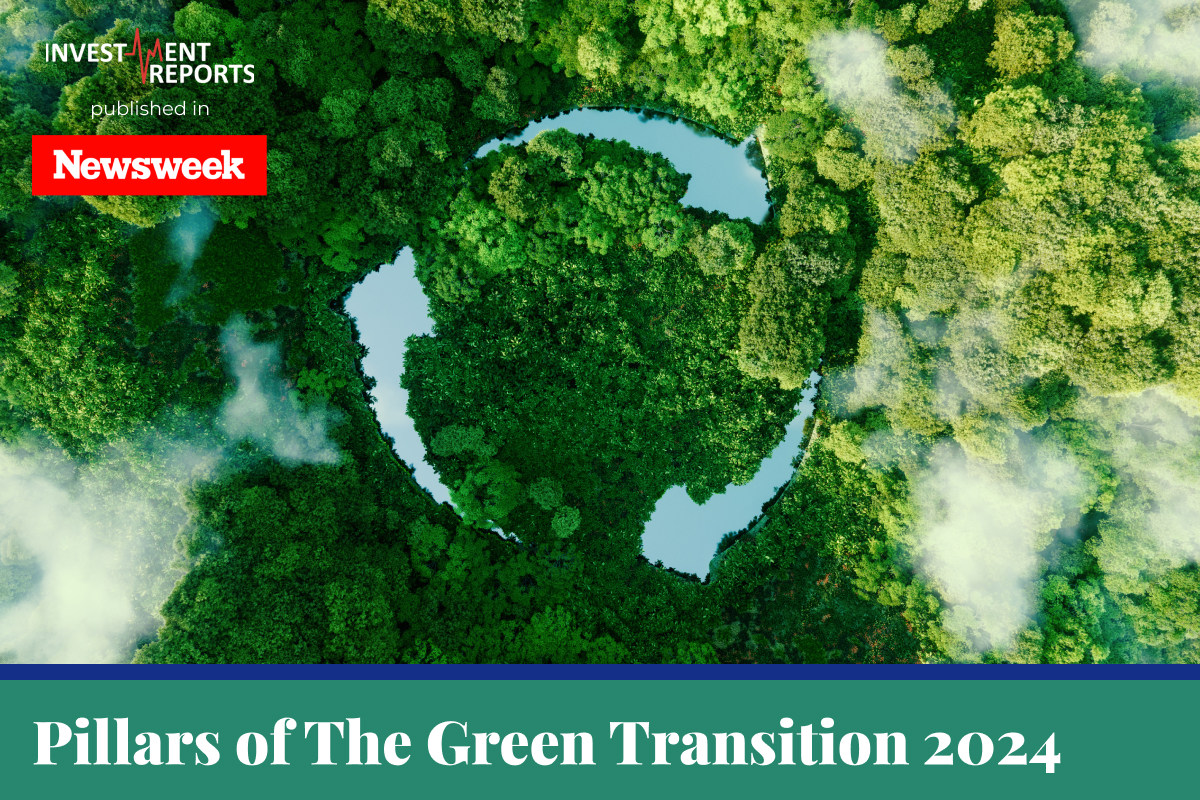
By
The shape of our modern world was generated, and is sustained, by our access to cheap energy. The exponential development in technologies, trade, wealth and material comfort – they were all made possible by the en masse availability of energy in the form of fossil fuels. Today, they hold a central position in the world, powering vehicles, militaries, food production, and even the manufacturing of renewable energy technologies. As fossil fuels account for 82 percent of our current global energy consumption (S&P Global), the deep-rooted nature of our energy paradigm is unavoidable, and should be confronted for what it is.
In the past few years, achieving net-zero emissions by 2050 has emerged as the ultimate deadline in what is seen as the existential fight of our era. This target, informed by scientific consensus on limiting global warming to 1.5°C above pre-industrial levels, is being adopted by governments and organizations across the world. However, whether meeting such a deadline is possible, and at what cost, is a question of ever-increasing urgency. McKinsey estimates that achieving net-zero emissions by 2050 would require $275 trillion in cumulative spending on physical assets, equivalent to about 7.5 percent of global GDP annually until 2050. This robust figure makes one thing very clear: It is crucial to assess how practical and effective the proposed measures are—there is little to no margin of error if net-zero is to be a reality, especially as early as 2050.

At the heart of our sustainability ambition is a fundamental belief that we can operate as a successful and profitable business and reduce our carbon emissions and the impact we have on the environment around us. We know these can live side by side.
Zoran Bogdanovic, CEO, Coca-Cola HBC.

Debates about whether we will meet specific targets exactly on time, won’t help. Instead, the focus should be on identifying the real hurdles and overcoming them as quickly as possible.
Markus Krebber, CEO, RWE AG.

Drivers are adopting EVs five times faster than the general population, and a significant portion of our rides are now electric.
Andrew Macdonald, SVP for Mobility, Uber.
This report has been paid for by a third party. The views and opinions expressed are not those of Newsweek and are not an endorsement of the products, services or persons mentioned.
